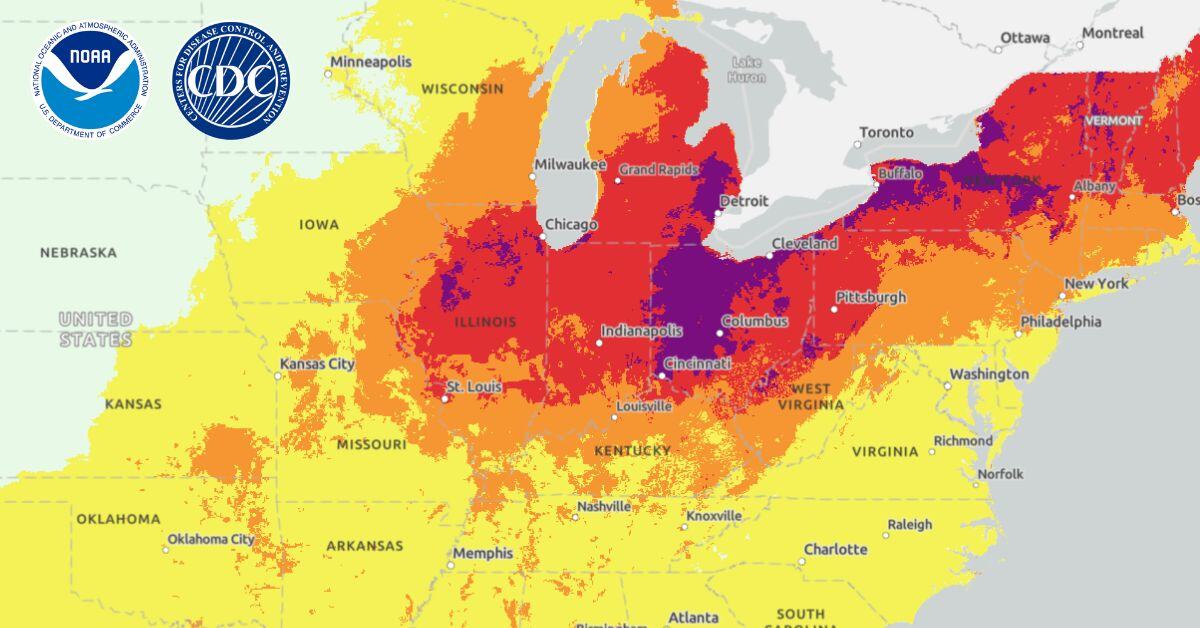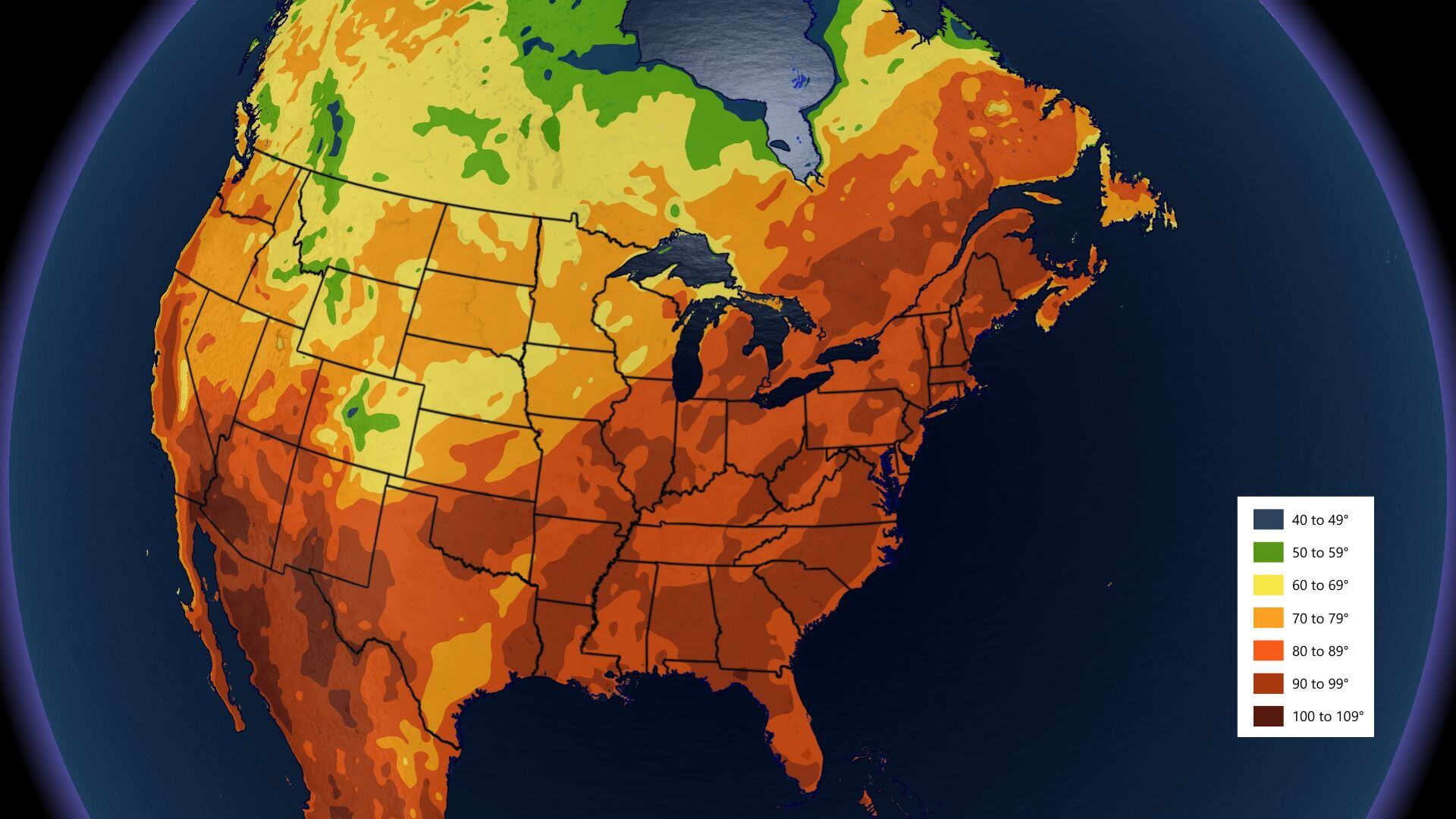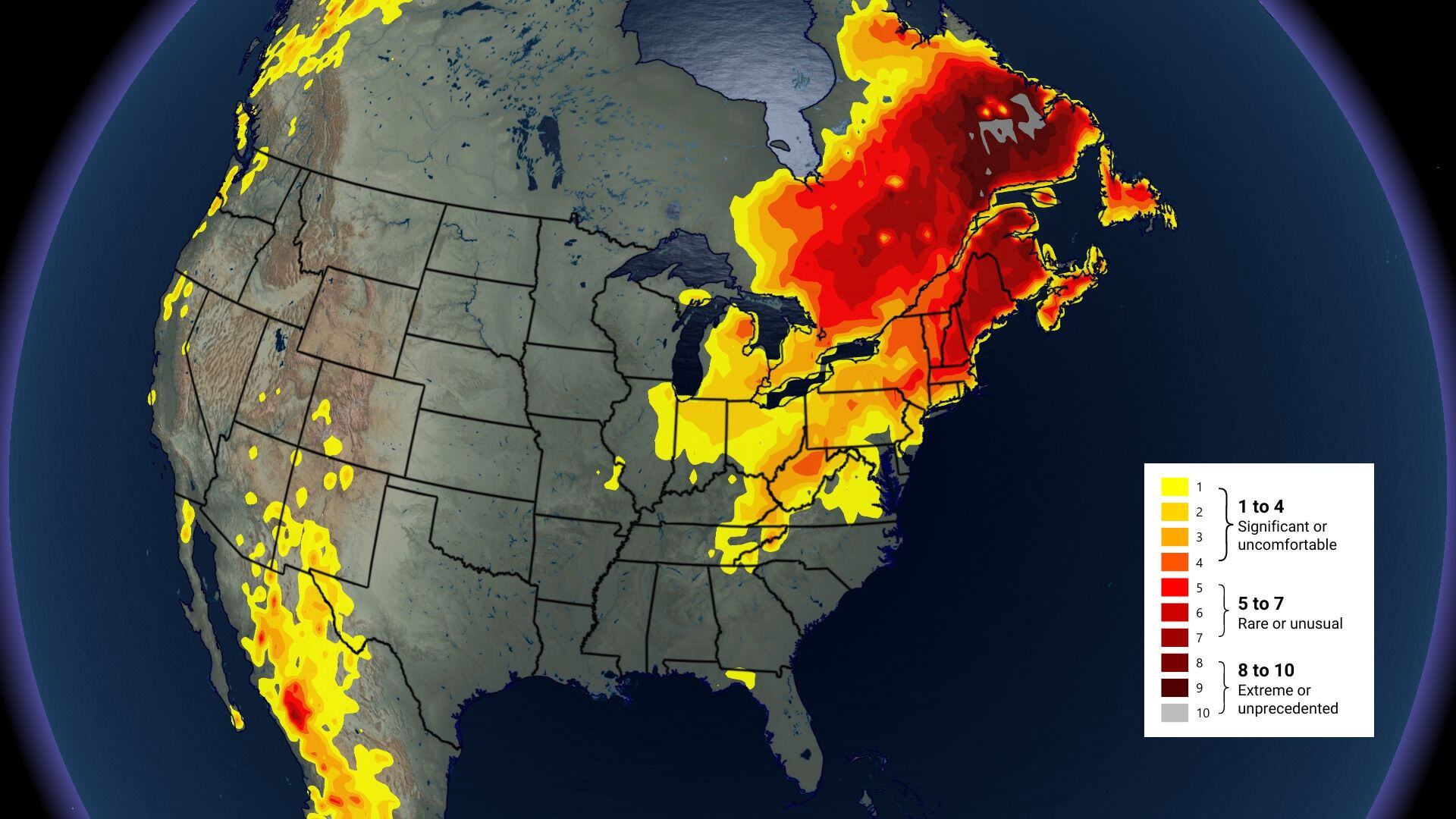It’s hot. But it’s also summer.
Is this a heat wave? Is it the hottest ever? Or is this perfectly normal?
Every summer, headlines describe heat waves as extreme, life-threatening, or unprecedented. But those words can be misleading without the proper context.
Multiple factors should be considered when assessing potential impacts from the hellish temperatures. Learning the different types of heat risks and the best tools to detect them can help you distinguish a nuisance event from something extreme.
Duration Can Be More Dangerous than the Digits
A day or two of hot weather may be newsworthy, but the longevity of a heat wave can often be more impactful. This is especially true when nighttime temperatures don’t cool enough to provide sufficient relief or when successive high energy usage days drain the supply.
Water is a poor thermal conductor, which means humid air heats and cools much slower than dry air. Repetitive days and nights with high humidity and hot temperatures—even though they may not be record-setting—can become a widespread health risk for vulnerable communities and a nightmare for utility companies.
Geography, demographics, and economic resources primarily drive a population's susceptibility to heat-related impacts. A new experimental HeatRisk map from the National Weather Service heavily considers regional acclimation to the heat, both seasonally and climatologically.

A relentless stretch of brutal heat and humidity can be life-threatening anywhere, even in locations where hot weather is more common, such as the Southeast. Organizations must be preemptive in recognizing when heat stress might impact their operations or the safety of their employees.
Even One Day Can Turn Deadly
A heat wave is defined as a period of abnormally hot weather ranging from two days to months. But the right combination of dangerous heat for only a few hours can also be life-threatening, even to someone young and healthy.
The Wet Bulb Globe Temperature (WBGT) is a tool for measuring the immediate stress on the human body in direct sunlight. It pairs solar radiation with temperature, humidity, and wind speed to assess appropriate levels of exposure for specific activities.

The WBGT is most commonly used by the military, university athletic departments, and public safety personnel to prepare for outdoor events. Due to the local variability of wind and sunlight, a WBGT forecast is most effective within 24 to 48 hours, and a WBGT over 90 is widely considered dangerous for strenuous activities.
“Never Before” is No Longer an Excuse
A third type of heat-related risk is one that is so far-fetched that adequate preparation and response have never been widely considered. A recent example is the “astounding” heat wave that shattered records in the Pacific Northwest in June 2021. Climate change has increased the probability that historic heat waves reach areas that have never experienced them in modern history.
Baron has built a model called the Extreme Weather Index that can alert your team to a potentially unprecedented event. Extreme heat is one of the six hazards the model accurately detects up to ten days in the future. Other hazards the model projects are extreme cold, high winds, large hail, heavy rain, and heavy snow.
Here’s an example of how the Extreme Weather Index identified a heat wave in eastern Canada on June 19, 2024, as “extreme” and near the top of the scale. Notice how the actual temperatures forecasted were like those across the eastern third of the United States. The difference is that the heat in eastern Canada was 20 to 30 degrees above normal and even record-setting in some areas.


The image comparison above shows the difference between a forecast model showing widespread heat (left) versus where the Baron Extreme Weather Index highlights only the unprecedented heat (right).
The Baron Extreme Weather Index assesses atypical weather threats from historical norms on a simple impact-based scale. A basic departure from normal value doesn’t always equate to potential impact. However, when you pair the abnormality’s magnitude with local climatology and likely outcomes, it can be a security blanket to help your organization prepare for those “never seen before” events.
Excessive heat has been the most frequent cause of weather-related fatalities in the United States over the past 30 years. Whether it be the stress from multiple days of high humidity, a few hours of risky activities in the hot sun, or a heat wave never experienced before, arming your organization with the right tools to understand your heat risks can protect your people and maybe even save their lives.
